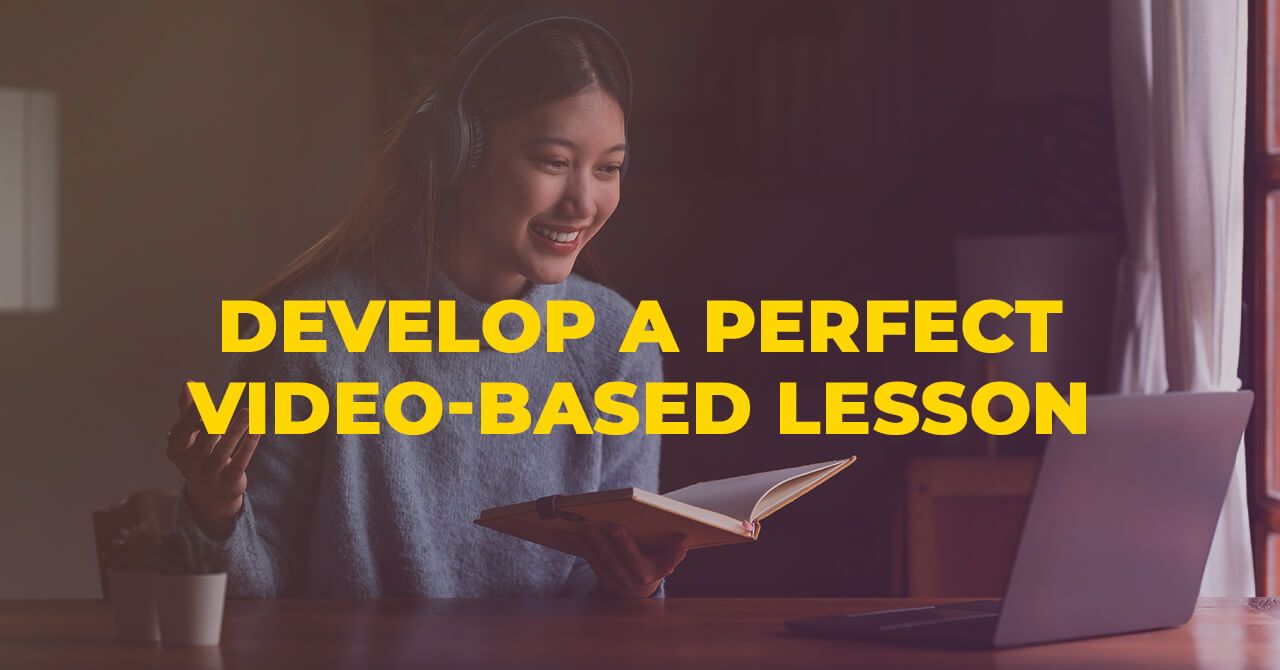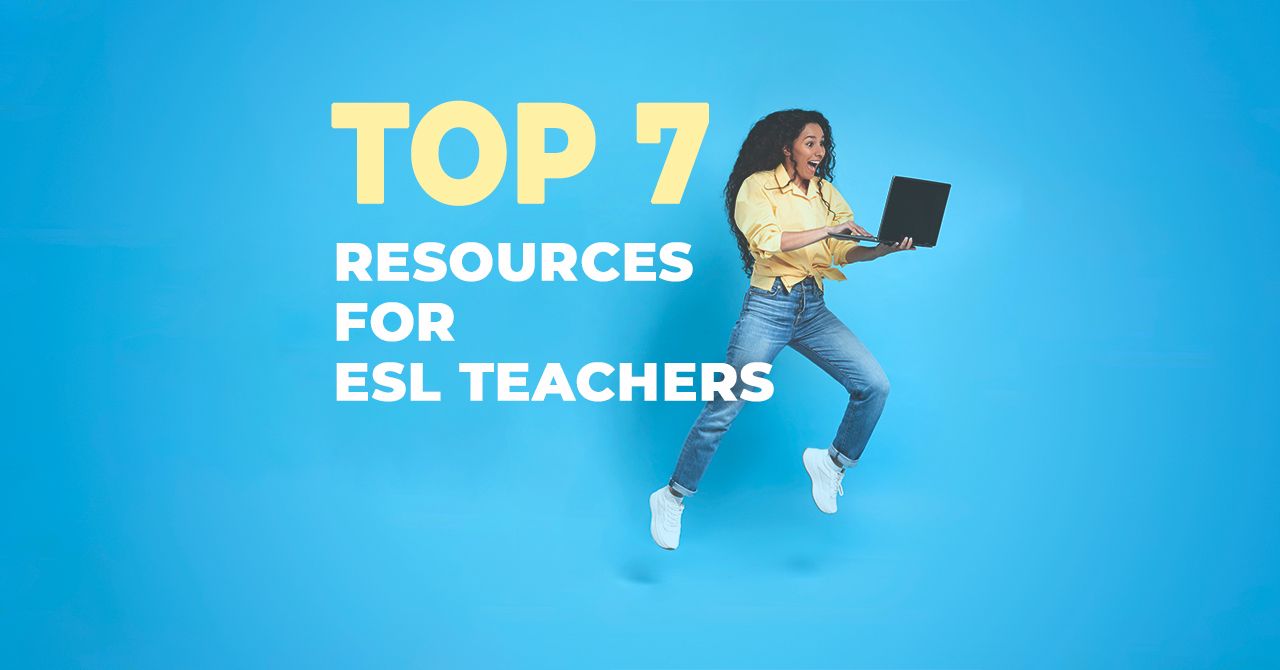
5 Tips for Developing a Perfect Video-Based Lesson
1. Consider your student’s interests
It may seem very obvious, but sometimes we forget about it and choose the topic based on our interests. If the student is interested in the topic, it’ll be easier to maintain the conversation. And it’s undoubtedly one of the best ways to keep the student motivated. I understand that it’s impossible to watch only something the student is interested in, but it’s a great idea to add such a lesson to the curriculum.
2. Don’t let the topic come to nothing
Most articles in modern textbooks are based on real stories or events, so it’s no problem to find videos related to the topic and use the target language to maintain the discussion. I also prefer to find videos that oppose the topic of the article. Such an approach will give a greater “room for maneuver” and will be useful in developing more challenging writing and speaking tasks. Furthermore, it’s very important to continue using vocabulary from the video. So, while choosing the words to pre-teach, keep in mind the topic and student’s level. Don’t try to pre-teach every single word or something too specific that your student won’t use in the foreseeable future.
3. Always set a task before watching the video
That was my main mistake when I was starting out. “Watch the video” is not a task. It can be a gist task or looking for detail/specific information but the students should always have a clear understanding of what the purpose of watching the video is.
4. Adapt material and grade the language
Another simple yet very useful tip. We can use the same video for different levels and purposes, but it’s better to develop a bunch of tasks for each level. It may seem a bit time-consuming and irritating at first, but truly rewarding in the long run. My favorite types are matching tasks, true/false, and ordering tasks. If the video deals with numbers and realias then like adding looking for a specific information task. For higher-level students, I develop matching tasks, and for lower-level students, I add a glossary.
5. Don’t try to keep everything in your own hands
The other thing I had some difficulties with. Don’t be afraid to ask students about their impression of the lesson. And don’t hesitate to slightly change the lesson plan if you see that something goes wrong. For example, if you see that the task you gave is too difficult for your student, turn the subtitles on, or if you see that the student has a lot to say, don’t interrupt them even if there are some other things to discuss. Sometimes I ask my students to finish watching videos at home if we ran out of time during the lesson.
I am a certified English teacher. I've been teaching English about 9 years. I am very flexible and easy-going person which helps me to build a wonderful rapport with my students.

